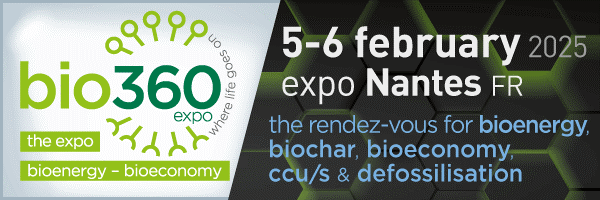New algae-based fuel cell five times more efficient
The cell improves on previous plant and algae-based devices, and its Cambridge creators hope that it will be substantially more cost-effective and practical to implement.
The device works using biophotovoltaics (BPVs, also known as biological solar-cells): a method for converting energy from the sun into electricity. During photosynthesis algae produce electrons, which are then used to produce energy.
Typically, a biophotovoltaic cell collects energy and delivers it in the same unit, the researchers from the University of Cambridge separated these functions to improve the performance of each process.
“Charging and power delivery often have conflicting requirements,” said Kadi Liis Saar, co-author of the paper from the Department of Chemistry in a press release.
“Separating out charging and power delivery meant we were able to enhance the performance of the power delivery unit through miniaturisation,” explains Professor Tuomas Knowles from the Department of Chemistry and the Cavendish Laboratory. “At miniature scales, fluids behave very differently, enabling us to design cells that are more efficient, with lower internal resistance and decreased electrical losses.”
The team used genetically modified algae that minimise electron loss to unessential processes. Although conventional silicon-based solar panels are more efficient in terms of converting the sun’s energy into electrical energy, Professor Christopher Howe from the Department of Biochemistry highlighted distinct advantages with their approach: “Because algae grow and divide naturally, systems based on them may require less energy investment and can be produced in a decentralised fashion.” The cells can also store energy for later use, increasing practicality.
For their versatility, these cells are being proposed as a part of a decentralised energy system that could serve communities in less well-connected areas, like Africa. An added plus for BPVs here is that they can be produced locally, rather than shipping them in from distant factories.
The paper, titled ‘Enhancing power density of biophotovoltaics by decoupling storage and power delivery’, was published in Nature Energy.


















